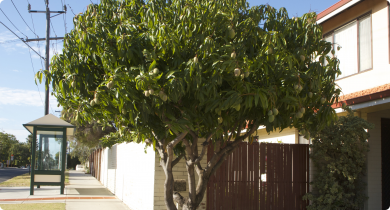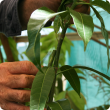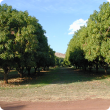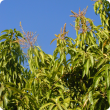Mangoes
Mangoes are now one of the major horticultural crops in Australia. Delicious mangoes can be harvested from September through to April in Western Australia due to the wide range of climates.
Kununurra produces the first of the season followed by Broome, Carnarvon and then Gingin. New varieties from the National Mango Breeding Program, in which the Department of Agriculture and Food, Western Australia has been an important partner, will assist in lengthening the mango season and increase yields.
Mangoes can be grown around Perth, but careful management is necessary as they are susceptible to frost and Pseudomonas, a bacterial disease.
Filter by search
Filter by topic
- Production & postharvest (5) Apply Production & postharvest filter
- Organic food & farming (4) Apply Organic food & farming filter
- Food & beverages (4) Apply Food & beverages filter
- Plant biosecurity (3) Apply Plant biosecurity filter
- Biosecurity & quarantine (3) Apply Biosecurity & quarantine filter
- Breeding & varieties (3) Apply Breeding & varieties filter
- Biosecurity (3) Apply Biosecurity filter
- Agribusiness Food & Trade (3) Apply Agribusiness Food & Trade filter
- Pests, weeds & diseases (2) Apply Pests, weeds & diseases filter
- Sowing (2) Apply Sowing filter
- Pests (2) Apply Pests filter
- Pest insects (2) Apply Pest insects filter
- Food, export & investment (1) Apply Food, export & investment filter







